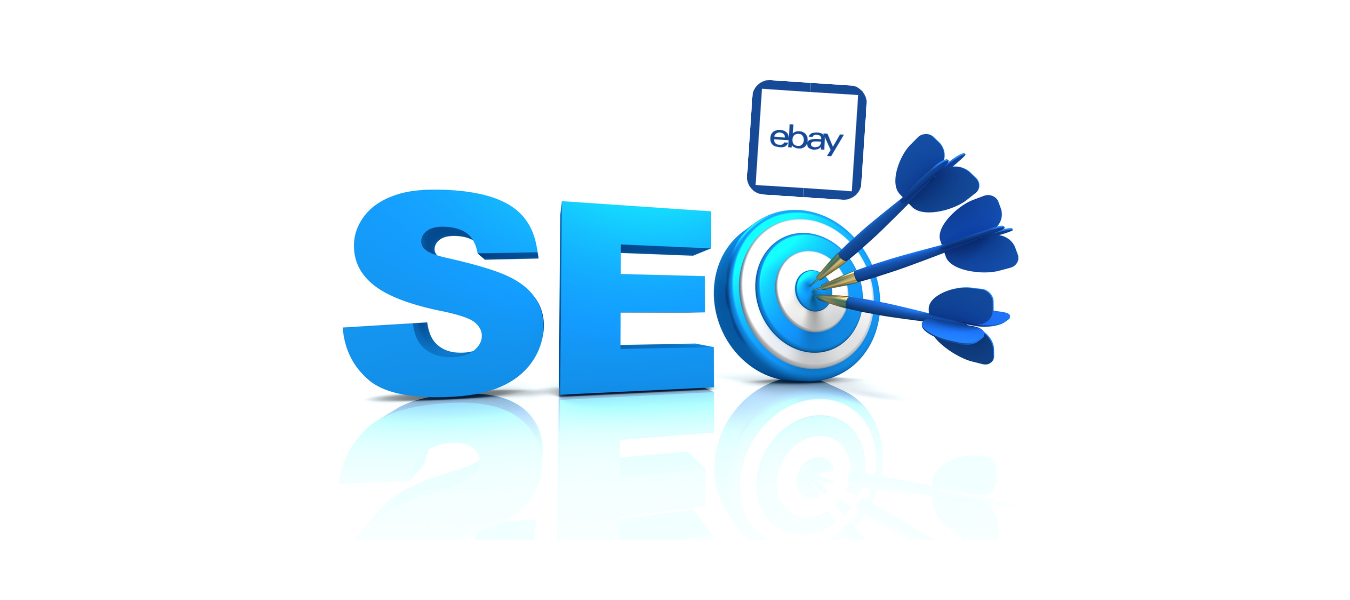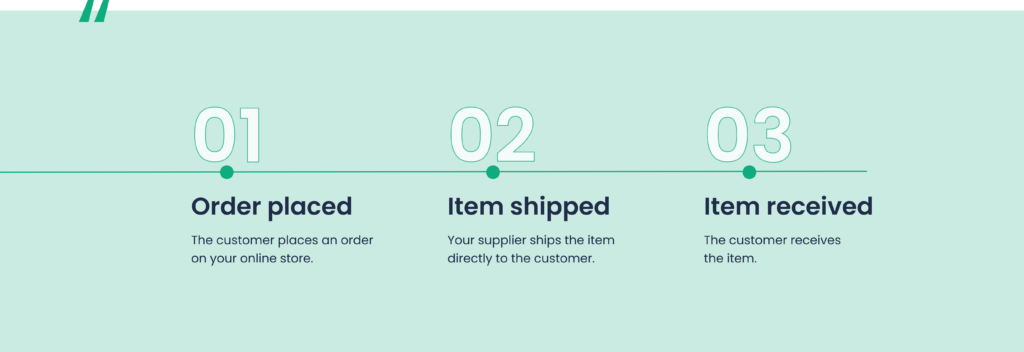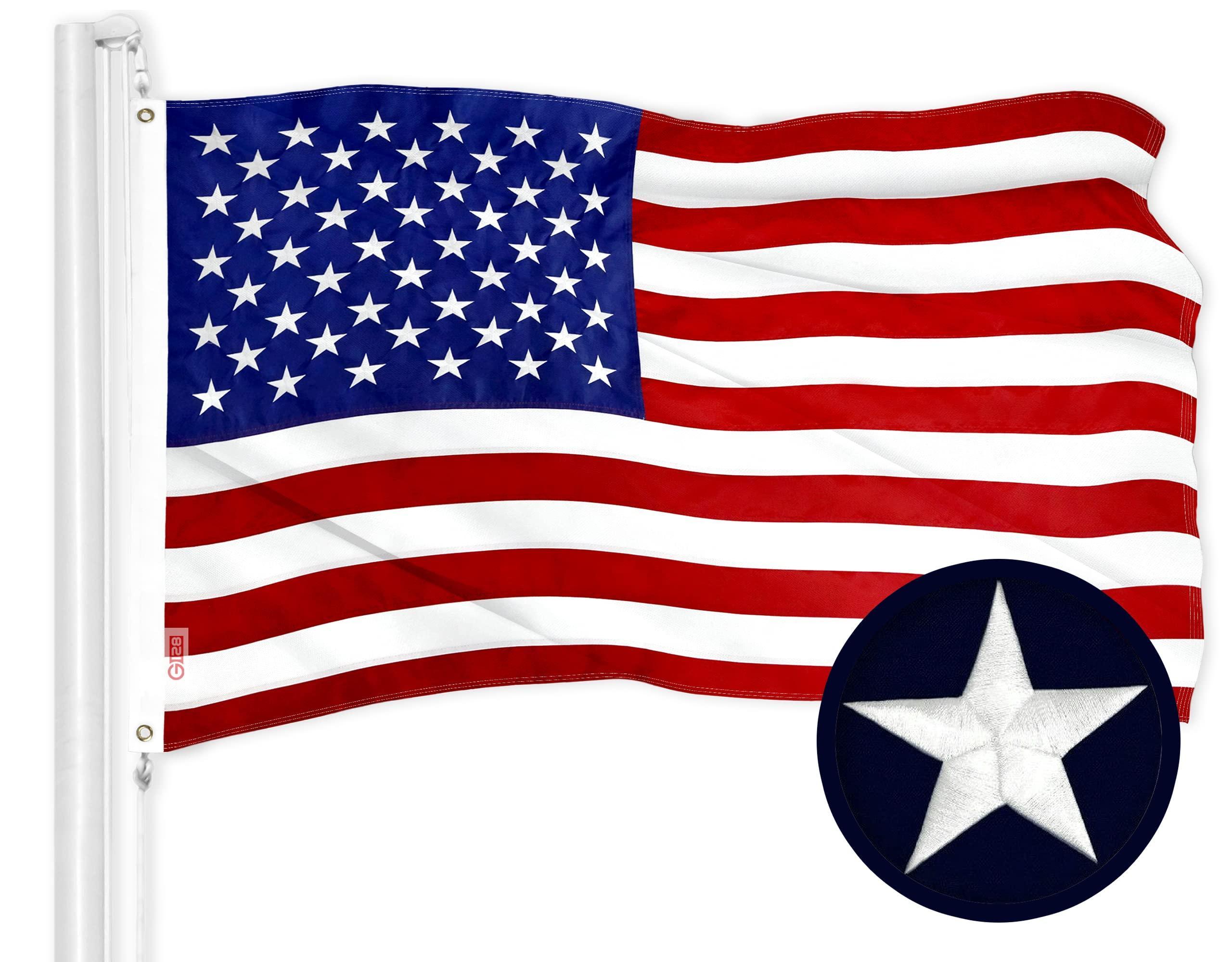



Dropshipping has transformed the eCommerce landscape, providing a low-risk entry point for entrepreneurs to start their own businesses. It’s a business model that requires minimal upfront investment, making it particularly attractive to new business owners. But how does it actually work, and what are the key steps involved in building a successful dropshipping operation? In this article, we’ll explore everything from the basic principles of dropshipping to the strategies you need to succeed in today’s competitive market.
Dropshipping is a retail fulfillment method where an online store sells products without keeping any inventory on hand. Instead of stocking products, when a store receives an order, it purchases the item from a third-party supplier. The supplier then ships the product directly to the customer. In this way, the retailer never has to handle the product.
The core advantage of dropshipping lies in its simplicity. You don’t need to worry about managing inventory, packing products, or dealing with complex logistics. Your role as the store owner is primarily to market the products, manage your storefront, and provide customer service. The rest — warehousing, packing, and shipping — is handled by your suppliers.
This model can be a great way to start an eCommerce business, particularly for those who want to avoid the complexities and costs associated with traditional retail models. However, it’s important to understand both the benefits and potential challenges before diving in.
Let’s break down the dropshipping process into simple steps to understand how it operates from start to finish.

The first step begins when a customer visits your online store and places an order for a product listed on your site. The price the customer pays is the retail price that you’ve set for the item.
Once the customer’s order is received, you forward the order details to your dropshipping supplier. This can either be done manually or, in many cases, automatically through integration with your eCommerce platform. You pay the supplier the wholesale price for the product.
After receiving the order, the supplier will package the product and ship it directly to your customer. The customer receives the product with no indication that a third-party supplier was involved — your store is the face of the transaction.
The difference between the price the customer paid and the wholesale price you paid to the supplier is your profit. This is the core of the dropshipping business model — profit is generated by setting a markup on the supplier’s price.
Next, let’s see exactly how all the calculation works considering Mysellerhub (listing software with built-in dropshipping products) as an example.
| Item | Probiotics for Dogs | Bath Sheet Towels | USA American Flag |
 |  |  | |
| Product cost | $17.95 | $31.49 | $14.44 |
| Shipping cost | Free | Free | Free |
| Sale price | $26.99 | $45.49 | $22.49 |
| Marketing cost (15%) | $4.05 | $6.82 | $3.37 |
| Profit | $4.99 | $7.18 | $4.68 |
| Margin | 18.4% | 15.8% | 20.1% |
Dropshipping offers a range of benefits that make it an attractive model for online businesses, particularly for new entrepreneurs or those looking to scale their operations without major upfront investment.
Perhaps the most appealing aspect of dropshipping is its low barrier to entry. Unlike traditional retail, where you need to invest in inventory upfront, dropshipping allows you to launch an eCommerce business with minimal financial risk. You don’t have to worry about purchasing large amounts of stock, which means you can get started without a significant initial outlay.
So yes, one of the biggest risks in traditional retail is buying products that don’t sell. In such cases, your money is tied up in inventory that may never generate a return. With dropshipping, you avoid this risk entirely, as you only purchase products once a customer has already paid for them. This prevents the possibility of being stuck with unsold stock and eliminates the need to hold onto items that may take a long time to sell, if ever.
Managing inventory can be one of the most complex and expensive parts of running a business. With dropshipping, you’re free from these concerns since your suppliers handle all the inventory management. This means no need to worry about storage space, unsold products, or inventory tracking.
Another significant benefit is the ability to offer a wide range of products in your store. Since you don’t need to pre-purchase items, you can list products from different suppliers and quickly adapt your offerings to customer demand and market trends. This flexibility allows you to easily experiment with new products or niches without any financial risk.
One of the major appeals of dropshipping is the ability to run your business from anywhere. As long as you have access to the internet, you can manage your store and communicate with suppliers. This makes dropshipping an excellent choice for those seeking flexibility and the ability to work remotely.
While dropshipping offers numerous advantages, it also comes with its own set of challenges that every entrepreneur should be aware of before jumping in.
Since dropshipping involves sourcing products from suppliers who are also working with other retailers, the profit margins tend to be lower than in traditional retail models. This means you’ll need to focus on high-volume sales to generate significant revenue. Additionally, because you’re essentially a middleman, there’s less room for you to negotiate lower prices from suppliers, which further squeezes your margins.
To overcome this, focus on niche products that offer more significant markups or rely on cross-selling.
Even though you don’t manage the inventory directly, your suppliers do. And if they run out of stock or have inventory management issues, it directly affects your business. It’s not uncommon for products to be listed as available on your site when they’re actually out of stock with your supplier, leading to customer frustration and potentially lost sales.
In dropshipping, your suppliers may be located in different regions, and shipping times can vary greatly depending on the location of the customer. Delays in shipping can harm your customer experience and result in negative reviews or complaints. Moreover, shipping costs can add up quickly if you’re working with multiple suppliers, especially if they are shipping from different locations.
To address this, focus on working with suppliers that offer fast, reliable shipping options.
Backed by 15 years of eСommerce and 7 years of dropshipping expertise, Mysellerhub stands out as the first multi-channel platform featuring built-in dropshipping products. Except all of its listing management features, Mysellerhub provides you direct access to an extensive product catalog, making it easier to expand your store’s offerings without needing to manage your own inventory.
One major issue in dropshipping is low profit margins. Mysellerhub offers an average 35% discount off retail prices and free shipping, allowing our sellers to maintain 15-20% profit margins — well above industry standards.
Inventory issues can disrupt sales. With Mysellerhub, you’ll always have access to real-time inventory updates 24/7, ensuring your store only lists available products. No more selling out-of-stock items.
Slow shipping frustrates customers. Mysellerhub guarantees three-day shipping across the 48 U.S. states and 24/7 warehouse operations, ensuring fast, reliable deliveries and improved customer satisfaction.
Starting a dropshipping business requires careful planning and strategy. Here’s a detailed guide to help you launch your own store:
The first step is selecting a niche. A niche refers to a specific category of products aimed at a defined target audience. Avoid choosing overly broad niches like “clothing” or “home decor.” Instead, focus on sub-niches that have demand but aren’t overly loaded, such as “eco-friendly kitchen gadgets” or “luxury pet accessories.” The more focused your niche, the better you can tailor your marketing and product offerings to your perfect customer.
Choosing the right supplier is the most important factor in the success of your dropshipping business. You’ll want to partner with suppliers who are reliable, offer high-quality products, and have reasonable shipping times. Place sample orders before committing to evaluate the product quality, shipping speed, and packaging.
Mysellerhub makes this process easier by connecting you to a network of vetted suppliers, ensuring that the products you sell are high-quality and that fulfillment is quick and seamless.
Your online store is the face of your business, so it’s essential to build one that’s professional and easy to navigate. Make sure your store design is simple, the checkout process is straightforward, and the product descriptions are engaging and optimized for SEO.
Marketing is the key part of any dropshipping business. You’ll need to drive traffic through a mix of SEO, social media marketing, paid advertising, and content marketing. Invest in creating high-quality product pages with compelling descriptions and images.
5. Offer Great Customer Service
Even though you’re not directly handling the products, offering excellent customer service is essential. Ensure you’re available to answer questions, resolve issues, and build trust with your audience.
Yes, dropshipping is a legal business model used by thousands of eCommerce entrepreneurs. However, it’s essential to ensure that you comply with all relevant business laws and regulations in your region, including taxes and product liability rules.
Yes, dropshipping is allowed on Amazon, but the platform has strict policies regarding how dropshipping works. For example, the supplier’s name cannot appear on the packaging, and you must remain the seller of record for all your listings. Make sure to thoroughly understand Amazon’s rules before attempting to dropship on their platform.
Yes, you can dropship on eBay, but you must follow their specific rules. You must be the seller of record, and eBay doesn’t allow you to source from other retailers. Ensure you work with legitimate suppliers and wholesalers to comply with their policies.
Absolutely, Shopify is a great platform for dropshipping. With its easy-to-use interface and integration with apps like Mysellerhub, you can source products and automate the fulfillment process effortlessly. Shopify allows you to build your own store, customize it to fit your brand, and manage your orders from suppliers to customers without holding inventory.
Dropshipping offers an accessible way to start an eCommerce business, particularly for entrepreneurs who want to minimize risk and upfront investment. However, like any business, it requires careful planning, dedication, and continuous effort to thrive. While you won’t need to worry about logistics and inventory management, the success of your dropshipping business will depend on your ability to market your store effectively, build a strong brand, and offer outstanding customer service.
With the right tools and approach, dropshipping can be a highly profitable and scalable business model, allowing you to build an online store that fits your lifestyle. Mysellerhub is here to help you along the way, offering built-in dropshipping products from top private label and DTC brands, with free 2-5 day shipping within the U.S. and 30-day returns.
Start your dropshipping journey with Mysellerhub today!





